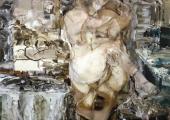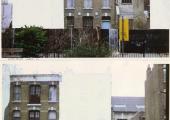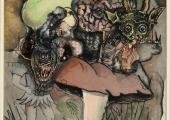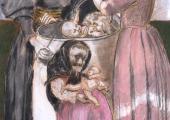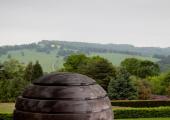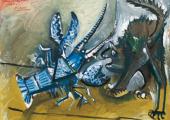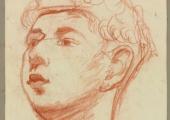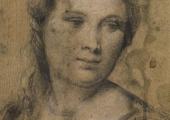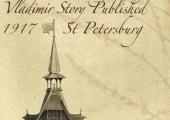Treasures from Budapest: European Masterpieces from Leonardo to Schiele, Royal Academy
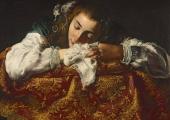
A rich goulash: an exhibition that will exhaust and delight
Treasures from Budapest – phew! It’s overwhelming. One staggers out quite cross-eyed and wobbly-kneed. There are over 200 works, for heaven’s sake. And so many Virgins: sweet-faced Italian Madonnas, austere Eastern European Madonnas, pallid German ones. There’s a tiny, exquisite yet unfinished Raphael Madonna, known as The Esterházy Madonna, since much of the collection of Old Masters shown here was amassed by Prince Nikolaus II Esterházy. Oh, and there’s the stubby-nosed, chinless Viennese one by an unknown altar-piece painter (such an arrestingly odd face; are her eyes actually going in the same direction?). She can’t compete in the beauty stakes, but you’re spoiled for choice in the line-up.

